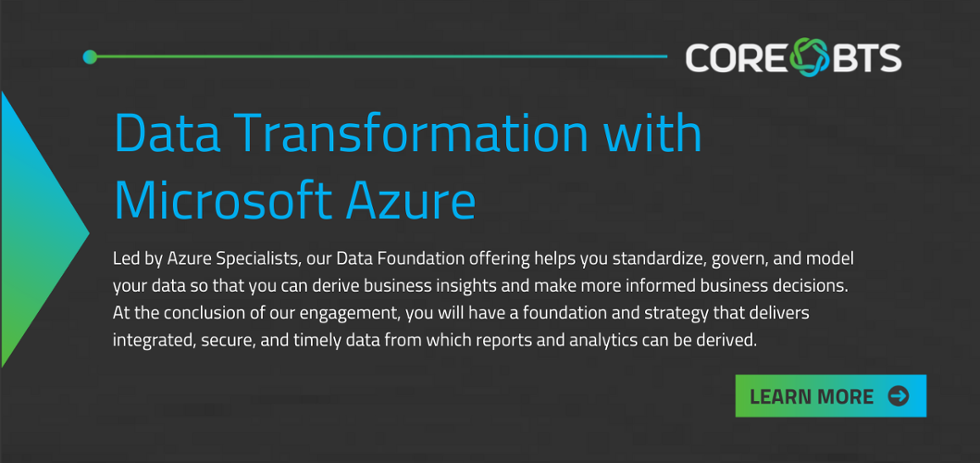Imagine you oversee purchasing for product manufacturing. Sales for one of your products have been historically low, and you feel you have enough parts to meet demand for the next month. Unfortunately, you missed a memo that marketing has released a new campaign, and their data shows a large increase in demand for the product. You only have access to prior purchasing data, and since you missed the memo, you didn’t order any extra. When the product manager checks in with you to ensure they’ll have enough for the new demand, you’re shocked by the increase needed, and know you won’t be able to meet the projections.
Now imagine you could have made your ordering decisions with the marketing data alongside purchasing data. You could have if data was shared throughout the organizations instead of being stuck in data silos.
What Is a Data Silo?
A data silo is a location where data is stored and modeled to serve a specific purpose and is segregated from other data silos that serve other purposes. Typically, these silos are owned by separate departments, and each department focuses solely on their needs and skillsets when building their silos.
Often there is overlap in the data domains contained in each silo. For instance, the marketing team may desire sales and inventory data to focus their marketing campaigns on certain products. They pull the data they require and model it according to their needs without considering how else the data may be used (as we saw in the introductory scenario).
Why Do Data Silos Exist?
Data silos often exist in organizations that also run their business in a siloed fashion. It is typically easier and quicker to build a solution that meets the needs of a single department than to build a solution that serves multiple departments. Teams don’t need to consider the needs of other departments when building their silo, nor do they need to make concessions. It can be difficult to agree on terminology and business rules across departments, and there is no need to do so in a siloed environment. So, if it’s easier and quicker, and you don’t have to compromise, what’s wrong with data silos?
What Challenges Do Silos Cause?
Since silos are built independently, terms, data granularity, business rules, and technology will be inconsistent between them. This is acceptable when data in a particular silo completely meets your team’s needs. However, other teams that require similar data need to build their own silo to meet their own needs.
As your business grows and complexity increases, the number of silos also increases. Data in your silo may no longer have a complete picture, which adds risk to the decisions that are made based on this data. New questions and challenges may require data from different domains. While business users wait for those domains to be added to your silo, they may grow impatient and combine data from different silos on their own, often in Excel, to drive their decisions.
Since silos were built independently, term, data granularity, and business rule differences between silos make it much more difficult, time-consuming, and error-prone for the business user. The desired domain data may already exist in multiple other silos with different terminology and business rules. Which silo should be used? The time and complexity that is saved during silo creation is repeatedly paid for by the business users every time they need to work with data from multiple silos.
What Is Needed for Change?
The journey from a siloed data environment to an integrated data platform takes time and planning. Don’t just plan for what is required today. You also need to plan for future expansion as your business grows.
Note the use of “integrated” above and not “centralized”.
There are centralized data platform architectures such as Data Lakes and Enterprise Data Warehouses; but there are also distributed architectures such as Data Mesh that still address the data silo challenges. Take time to research these data platform approaches and find the right fit for your organization.
As you build out your platform, plan for data governance, lineage, auditing, security, and quality assurance. Include reference materials so users know how to use the platform. Patience is important. This will take time. Take an iterative approach and set achievable milestones as you transition your different departments to the new platform. Prioritize and focus on quick wins and existing pain points to gain momentum and adoption. Establish a cross-department team that will drive consistency and adoption. Retire existing silos that are no longer needed. Inevitably, there will be some reluctance and push-back. Help these individuals work through their migration challenges so they can see the benefits and don’t become a friction to change. (Read how business leaders can overcome resistance to change)
How to Make Better Data-Driven Decisions
Data silos lead to inconsistencies across your business and to uninformed decisions based on a limited view of your data. To compete in today’s data-driven world, companies need to leverage all aspects of their data to make the most informed decisions possible. This requires evolution from a siloed data environment to an integrated data platform. Support from leadership is paramount, and persistence is key, or your new data platform will become just another data silo.




